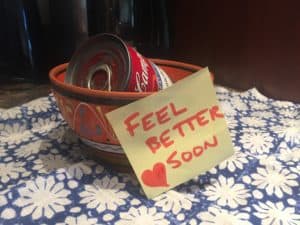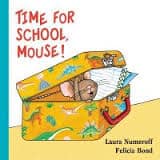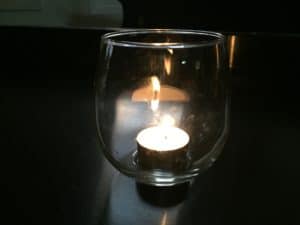A Little Help For Your Friends
It happens to all of us. We hear through the grapevine that a friend is sick. Maybe this friend lives alone. Or maybe he has kids and no one else living in the house to help take care of them. Or maybe she has a spouse who’s at work all day, every day, or even out of town.
The Best Intentions…
Do you sometimes feel the desire to help out? But your own life is crazy full. Or you haven’t talked to your friend in a while so it feels awkward to call now. Or your friend lives too far away to get to.
Easy Ways to Make Good
Well, here’s an opportunity to make a list of easy ways to help. So get out a pen and paper (or your digital notepad) and jot down any of these ideas that sound right for you.
- Small acts count. A lot. Even a one-time offering is very helpful. Maybe walk your friend’s dog. Or pick up the kids at school.
- Build a little extra for your friend into your regular routine. You probably have to go grocery shopping for yourself. And most of us cook meals at least once in a while. It’s so easy to add your friend’s shopping list to your own. Or make an extra large batch of whatever you’re planning for dinner and give half to your friend.
- Team up with others. This can seem like a real organizing time-sink. But no. You guessed it. You can do it all online from the comfort of wherever you and your digital device might be. Check out Lotsa Helping Hands or Food Tidings for starters.
- Carrying on the online theme – seems to be easiest and least time-consuming – order something to be shipped directly to your friend. Flowers probably come to mind. But how about a book? Or a video?
- Maybe a little pampering is in order. If you can’t give the time, maybe hire a massage therapist or manicurist to do a house call for your friend.
- Does your friend have faraway family or dear friends who have time and desire for a visit to help out but need help with the plane ticket? Have you accumulated lots of miles on your favorite airline? There you go! Consider gifting miles to out-of-town helpers.
Of course, a visit or a phone call – even a short one – let your friend know you are thinking about them. And sometimes, when you’re sick, having someone reach out and acknowledge your pain can be the best support of all.
Share your ideas for helping a sick friend.












